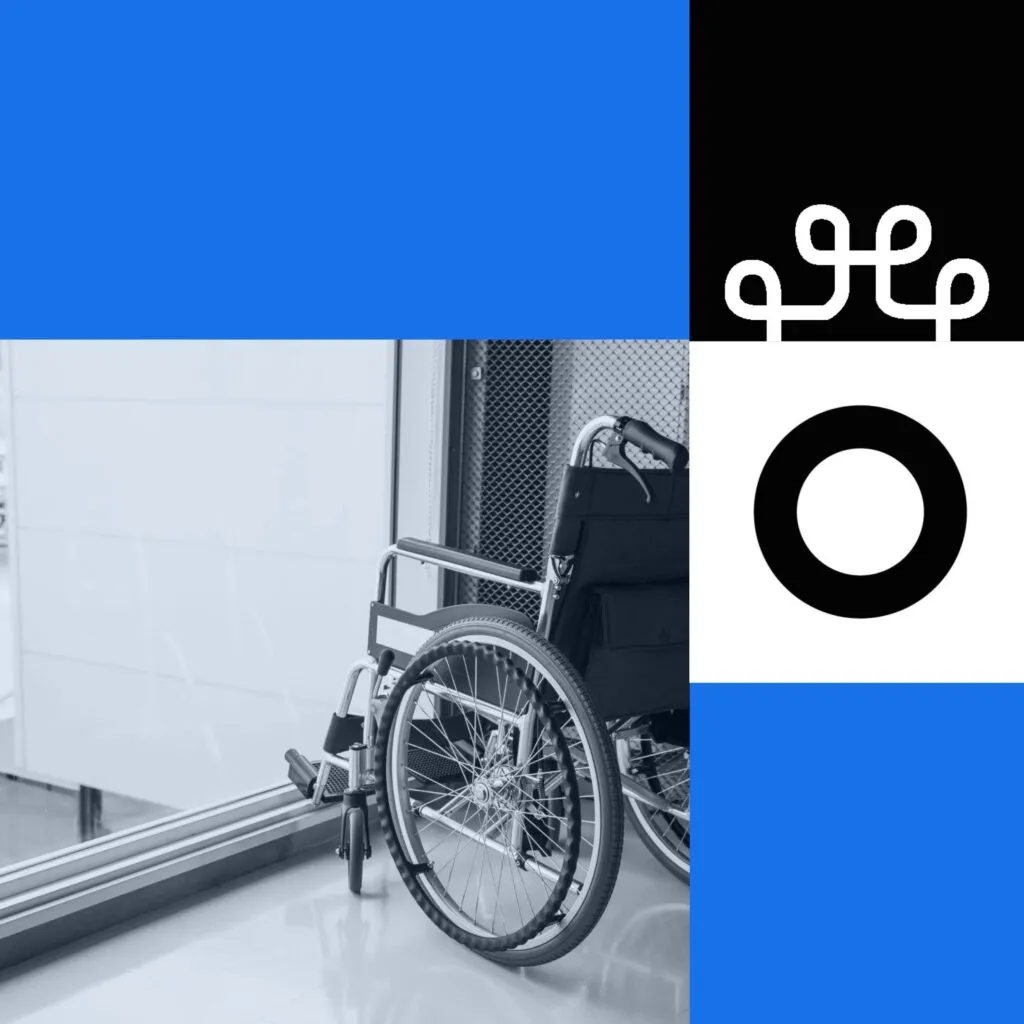In today’s ever-evolving healthcare landscape, innovation extends beyond groundbreaking treatments and cutting-edge technologies; it’s also about ensuring universal accessibility to healthcare, regardless of individual needs. At O3, we’re deeply committed to harnessing the transformative potential of Generative AI, reshaping patient care, and removing accessibility barriers within the healthcare industry. When thoughtfully deployed, Generative AI not only enhances patient care but also paves the way for a future in healthcare where wellness, empowerment, and equality are the cornerstones.
The integration of Artificial Intelligence (AI) into the medical field heralds significant advancements in patient care, with AI systems poised to improve diagnostics, interpret intricate patterns, and even compose medical notes. Dr. Daniela J. Lamas, a pulmonary and critical care doctor at the Brigham & Women’s Hospital and faculty at Harvard Medical School, emphasizes the immense potential of AI in revolutionizing medicine. These systems possess the capability to think like experts and, in some instances, surpass them in tasks such as diagnosing conditions and gauging a patient’s age using medical data. While the benefits of AI are evident, concerns arise about its impact on medical training and whether heavy reliance on AI might impede the development of critical diagnostic skills among new generations of doctors. Striking the right balance between AI as an augmentation tool in medical practice and the preservation of doctors’ essential critical thinking abilities will be pivotal in navigating the evolving healthcare landscape.
Let’s dive into eight essential ways in which this technology is reshaping the healthcare landscape, guaranteeing that every patient’s experience leads toward wellness, empowerment, and equality.
1. Improved communication
Generative AI enables more effective communication between healthcare providers and patients with disabilities. Its advanced natural language understanding and generation capabilities facilitate seamless text-based or voice interactions, breaking down communication barriers and ensuring that patients with speech or hearing impairments can access and convey vital healthcare information, all while maintaining a strong commitment to the issue of accuracy and privacy.
2. Personalized accessibility features
It empowers healthcare systems to offer personalized accessibility features. It can design custom user interfaces, voice commands, or text-to-speech functionalities tailored to individual patient needs. This personalization ensures a more inclusive digital experience for patients with varying accessibility requirements.
3. Accessible health information
Simplifying complex medical information, generating understandable formats such as simplified text, audio summaries, or visual aids. This enables patients with cognitive disabilities to comprehend their health status, treatment plans, and medical reports more easily, leading to improved decision-making and adherence to treatment.
4. Language translation and interpretation
Real-time language translation and interpretation services, eliminating language barriers in healthcare. AI enables healthcare professionals to communicate effectively with patients who speak different languages or dialects, ensuring that language diversity doesn’t impede access to quality healthcare services.
5. Screen reader enhancement
It enhances screen readers, particularly benefiting visually impaired individuals. By generating more detailed and context-rich descriptions of visual content, such as medical images and charts, it improves the accessibility of complex data, empowering users who rely on screen readers to gain a deeper understanding of visual materials.
6. Enhanced diagnostic tools
It’s advancing diagnostic tools accessible to people with disabilities. It enables the development of image recognition and processing algorithms that interpret medical images and provide diagnostic insights in accessible formats. This ensures that individuals with visual impairments can access accurate diagnostic information.
7. Voice-activated healthcare assistants
Generative AI enhances voice-activated healthcare assistants, making them more intuitive and responsive to the needs of patients with mobility impairments. These assistants can assist with tasks like scheduling appointments, ordering medication, or retrieving medical information through voice commands, promoting independence and convenience.
8. Accessibility compliance
It supports healthcare organizations ensure their digital platforms and services comply with accessibility standards and regulations, such as the ADA. It identifies and rectifies accessibility issues, ensuring that online healthcare resources are usable by all patients, regardless of their disabilities.
As we navigate the ever-changing landscape of healthcare, one thing remains clear: Generative AI is our ally in fostering a more inclusive, accessible, and equitable healthcare ecosystem. These points demonstrate how Generative AI is making patient care not just a service but also an accessible experience for all. At O3, we’re committed to being at the forefront of this transformation, ensuring that the future of patient care shines brighter and more inclusive than ever before. Together, we’re pioneering a healthcare landscape where every individual can access the care they deserve, regardless of their unique needs.
O3 helps organizations unlock growth and streamline operations through smart strategy, human-centered design, and integrated technology. We’re also the force behind the 1682 Conference, where leaders explore how AI shapes profit and process. Learn more about our work and innovation.
